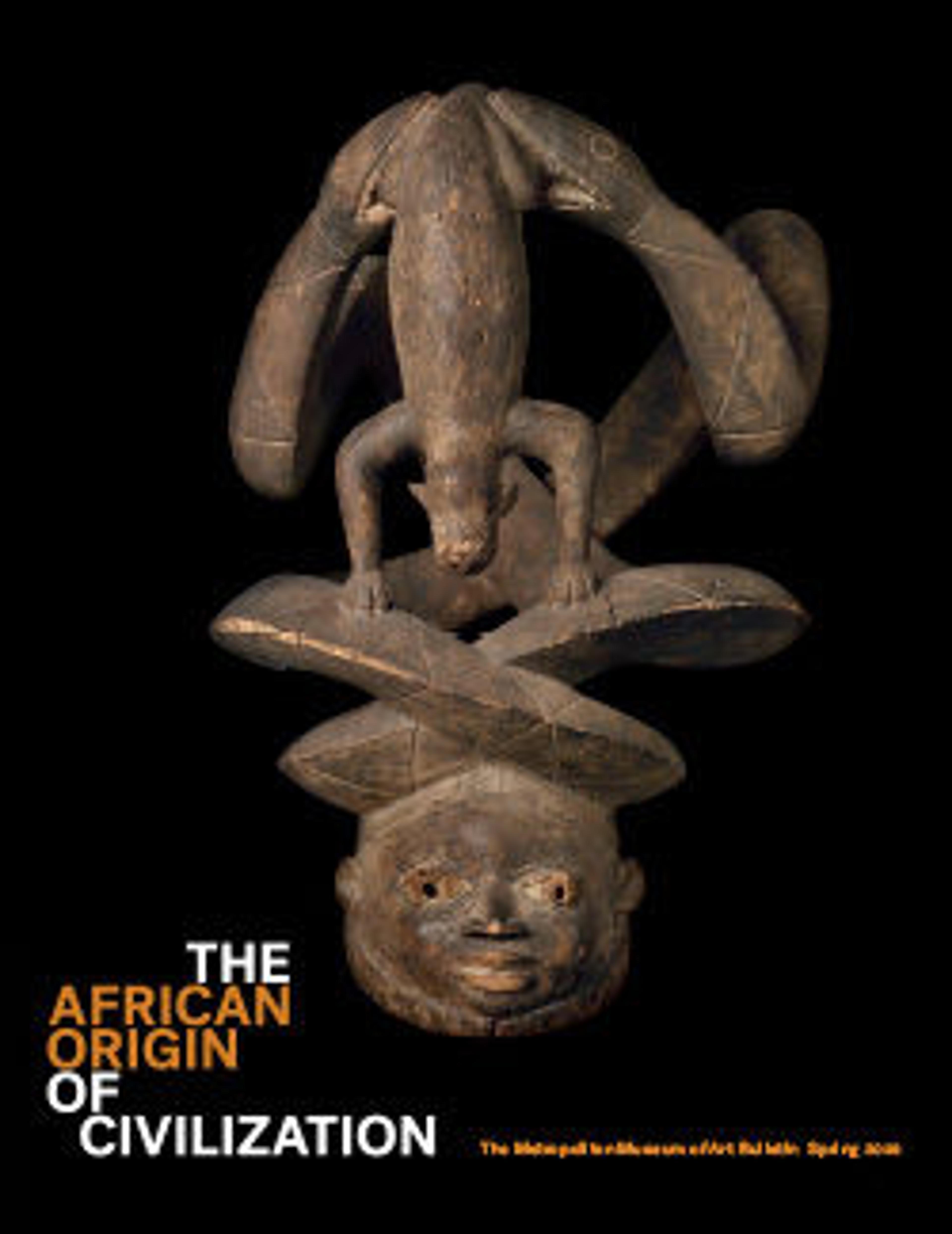Hippopotamus ("William")
The seemingly benign appearance that this figurine presents is deceptive. To the ancient Egyptians, the hippopotamus was one of the most dangerous animals in their world. The huge creatures were a hazard for small fishing boats and other rivercraft. The beast might also be encountered on the waterways in the journey to the afterlife. As such, the hippopotamus was a force of nature that needed to be propitiated and controlled, both in this life and the next. This example was one of a pair found in a shaft associated with the tomb chapel of the steward Senbi II at Meir, an Upper Egyptian site about thirty miles south of modern Asyut. Three of its legs have been restored because they were probably purposely broken to prevent the creature from harming the deceased. The hippo was part of Senbi's burial equipment, which included a canopic box (also in the Metropolitan Museum), a coffin, and numerous models of boats and food production.
The hippo's modern nickname first appeared in 1931 in a story that was published in the British humor magazine Punch. It reports about a family that consults a color print of the Met’s hippo—which it calls "William"—as an oracle. The Met republished the story the same year in the Museum’s Bulletin, and the name William caught on!
Artwork Details
- Title: Hippopotamus ("William")
- Period: Middle Kingdom
- Dynasty: Dynasty 12
- Reign: Senwosret I to Senwosret II
- Date: ca. 1961–1878 B.C.
- Geography: From Egypt, Middle Egypt, Meir, Tomb B3 of the nomarch Senbi II, pit 1 (steward Senbi), Khashaba excavations, 1910
- Medium: Faience
- Dimensions: L. 20 cm (7 7/8 in.); W. 7.5 cm (2 15/16 in.); H. 11.2 cm (4 7/16 in.)
- Credit Line: Gift of Edward S. Harkness, 1917
- Object Number: 17.9.1
- Curatorial Department: Egyptian Art
Audio
3355. Hippopotamus (William)
Gallery 136
I’m Catherine Roehrig. I’m a curator here at The Metropolitan Museum of Art, in the Department of Egyptian Art, and I’d like to tell you about this little figure, which, at first appearance, seems to be a very ‘cute’ little piece. But to an ancient Egyptian, the hippopotamus is a very dangerous animal. When they feel threatened, they will attack, and if you look into his face, you will see his eyes are not happy; he’s a very dangerous-looking little creature.
For the Egyptians, their entire view of the world is that it is split into chaos and order. In this particular case, we have a little hippo who has been put in a tomb and in order to keep the person safe from the aggressive side of the hippo, three of his legs were broken off so he couldn’t actually attack you. The front left leg, the one that’s stepping forward, is original; but you can see all the others are a slightly different color and that’s because they’ve been restored, and we want you to be able to see that they’ve been restored.
On the other hand, he has been decorated with lilies, and to the Egyptian, the lotus or the lily was a very powerful symbol of rejuvenation because, of course, it opens in the sun, it closes at night, it opens in the daytime again. And so, because also, the color blue, the color of water, is a rejuvenating thing, the animal has both this very benign side as a symbol of rejuvenation, but you’ve got to make sure he’s not going to hurt you, so you break off his legs.
Listen to more about this artwork
More Artwork
Research Resources
The Met provides unparalleled resources for research and welcomes an international community of students and scholars. The Met's Open Access API is where creators and researchers can connect to the The Met collection. Open Access data and public domain images are available for unrestricted commercial and noncommercial use without permission or fee.
To request images under copyright and other restrictions, please use this Image Request form.
Feedback
We continue to research and examine historical and cultural context for objects in The Met collection. If you have comments or questions about this object record, please contact us using the form below. The Museum looks forward to receiving your comments.
